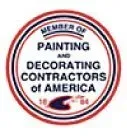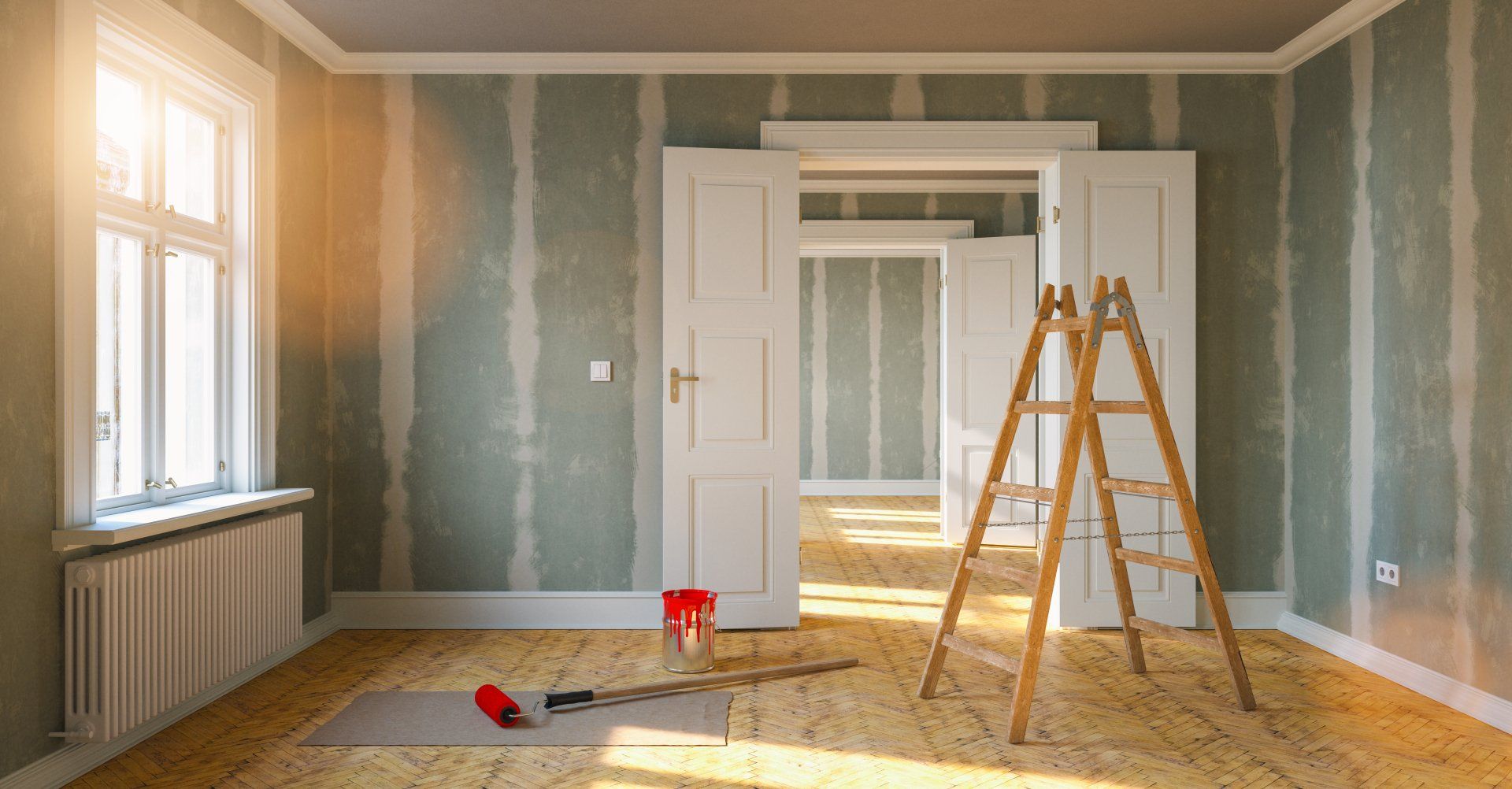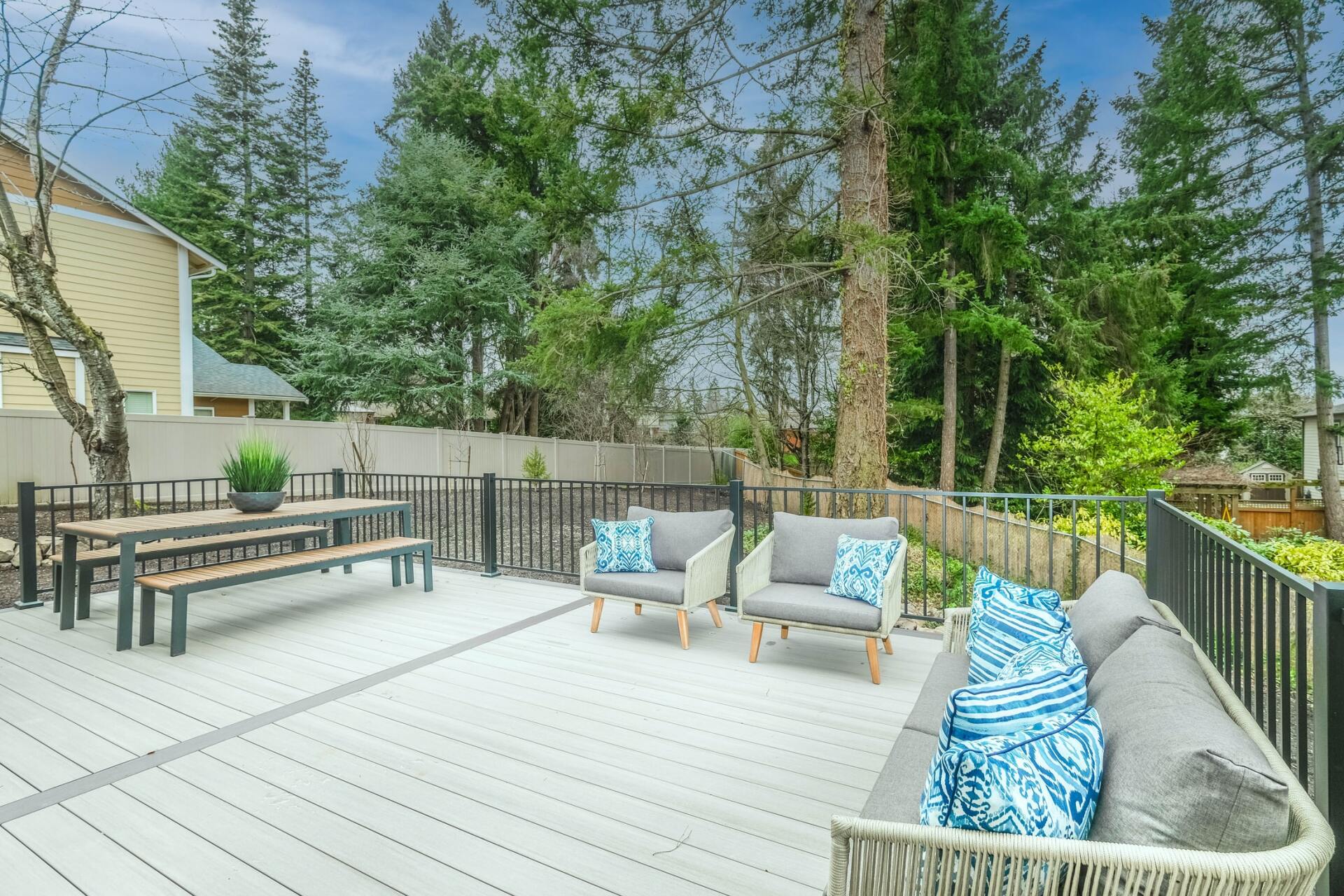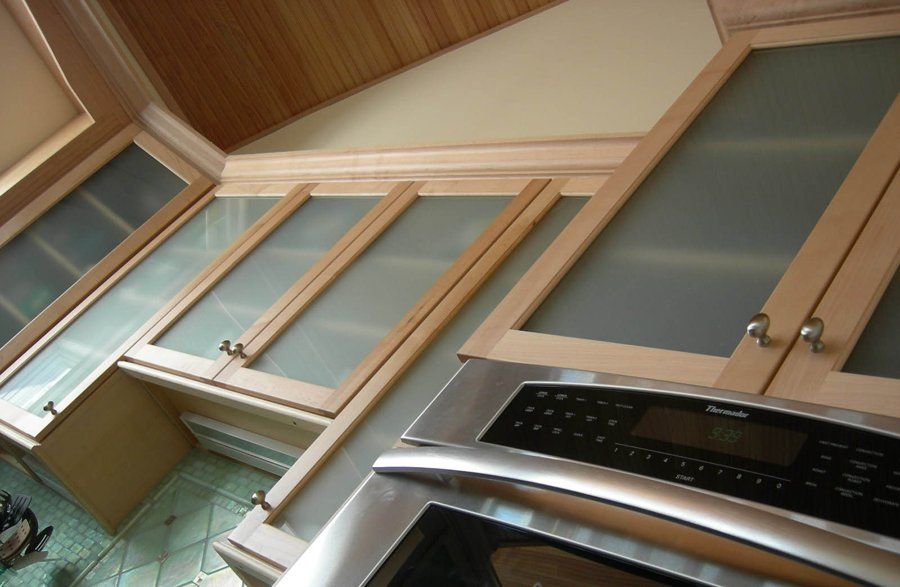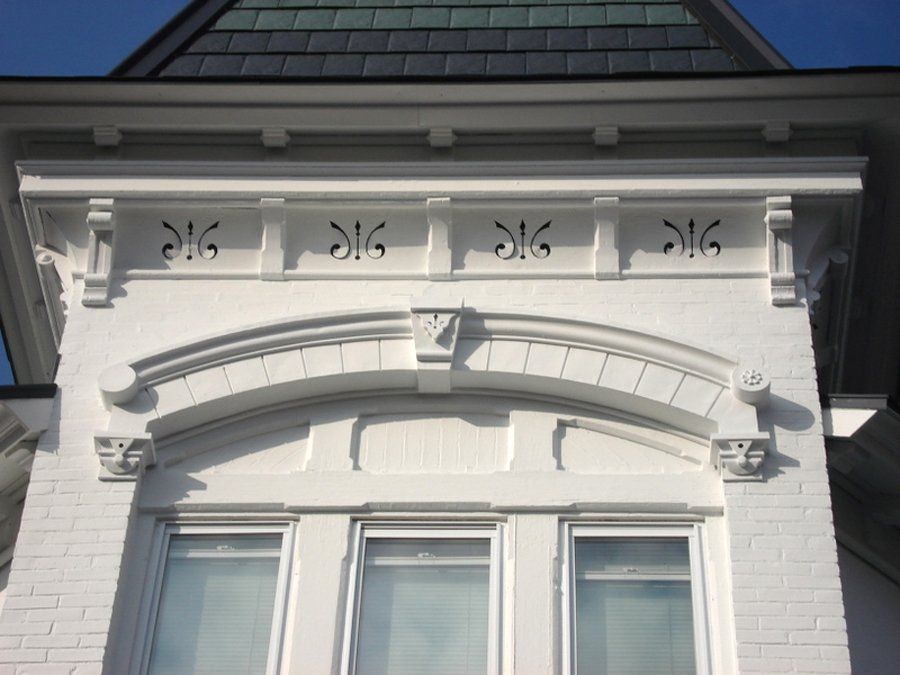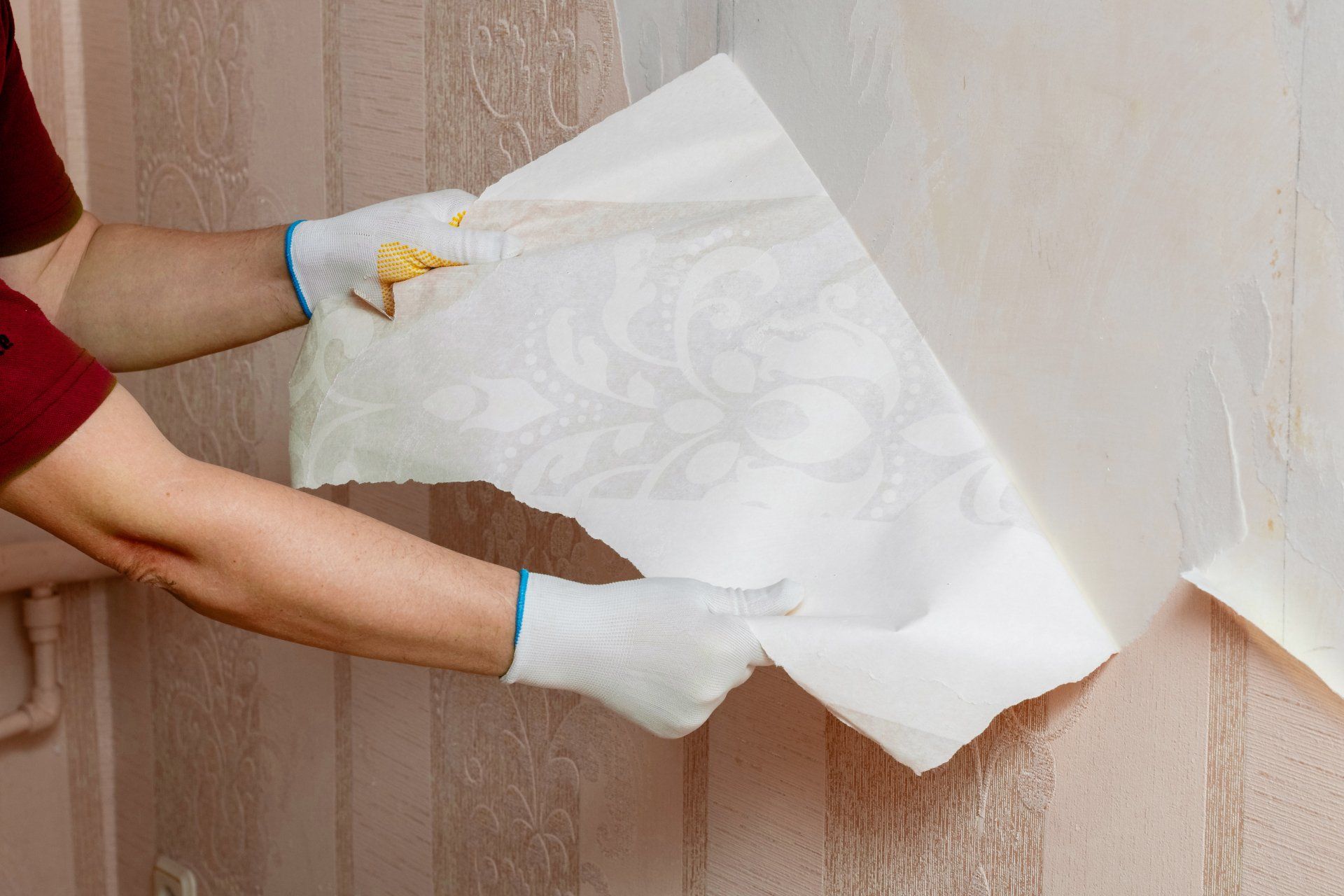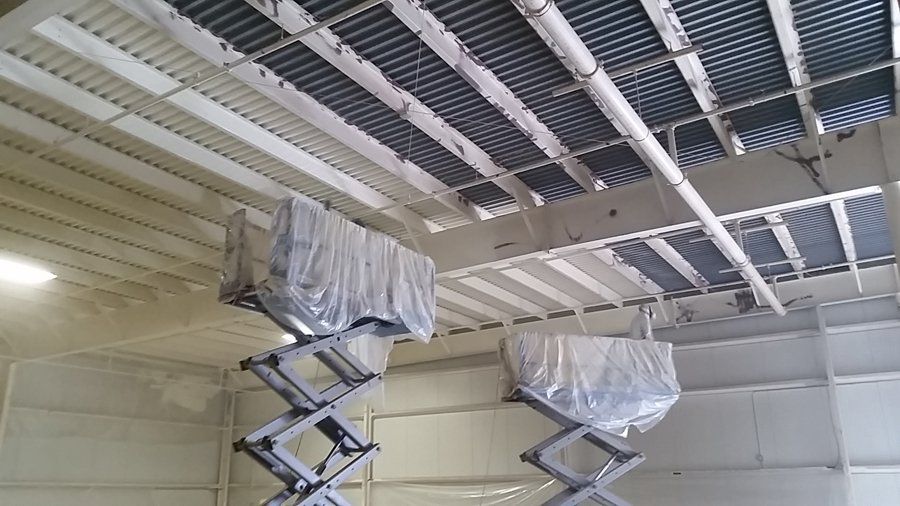Leading Grand Rapids Painters
Commercial, Industrial, & Residential Painting Services
Serving Grand Rapids, Holland, Grand Haven, Kalamazoo, East Lansing, Muskegon & Beyond Since 1991
Your Trusted Painters In Grand Rapids
VanDerKolk Painting has been serving West Michigan since 1991. In that time, we’ve earned a reputation for providing exceptional commercial, industrial, and residential painting services.
About VanDerKolk Painting
VanDerKolk Painting provides superior painting services to Grand Rapids and the communities of West Michigan through an emphasis on customer service, craftsmanship, and unparalleled professionalism in the painting industry.
Our Guarantee
When the project is complete, you have the peace of mind knowing that we warranty all of our work.
Grand Rapids Commercial Painting Services
We offer the following commercial services to you in the Grand Rapids, MI Area.
Why Choose Us
Certifications
VanDerKolk Painting has completed training and certification on many levels of projects. We are certified in the following areas:
● RRP Lead Paint Removal
● Lead Paint Abatement
● Confined Space Entry
● Fit Tests for respirators
● Aerial Lift Platform Training
Please contact our office for more information.
Benefits Of Choosing VanDerKolk Painting As Your Grand Rapids Painter

Quality Guarantee
We guarantee your satisfaction with our services by providing a warranty for all of our work. We’ll work hard to ensure you remain satisfied with the job we've performed.

Certified Professionals
Our Grand Rapids painters are not contractors - they are highly-trained full-time employees. Our team is certified in RRP lead paint removal, lead paint abatement, confined space entry, fit tests, and aerial lift platform training. This means you receive quality, professional work.

Exceptional Service
We strive to be better than the average painting company in Grand Rapids. We'll keep you updated at every step in the project, and you'll never have an issue reaching a member of our team.
A Trusted Local Painting Company Near You
VanDerKolk Painting doesn’t just serve Grand Rapids - we’re a part of the Grand Rapids community. We’ve helped to preserve and paint many notable landmarks around the city, including La Grande Vitesse, the Sixth Street Bridge, and Amway Grand Plaza. We also give back to the community that has given so much to us through local donations and sponsorships, such as our sponsorship of the Grand Rapids 9/11 Memorial Stair Climb.
Our shop is located at 225 Graham St SW, which is just 4 minutes south of the heart of Downtown. You’ve likely seen the black and white VanDerKolk silo towering over our shop from US-131. Our convenient location allows us to serve all of Grand Rapids.
Serving Homes & Businesses Throughout West Michigan
We are the top-rated local painters near you. While we’re known as Grand Rapids painters and our shop is located in Grand Rapids, we serve much of West Michigan. Cities we regularly paint in, include:
Request Your Free Estimate
Not all painters in Grand Rapids provide free estimates. VanDerKolk Painting offers free estimates to provide you with an accurate quote for your painting job. We’re painters and not sales professionals. When you schedule a free estimate with our Grand Rapids painting company, we’ll come out and review your job, provide you with an estimate, and answer any questions you may have.
There is no obligation to choose us, and there are no pressure sales tactics involved. We believe in providing honest and transparent services, and that belief extends to our free estimates. You can request an estimate by clicking the button below.
Recent Posts From Our Painting Blog
Interested in learning more about the work that goes into residential or commercial and industrial painting? You can read the latest insights, tips, and industry news straight from our painting blog.
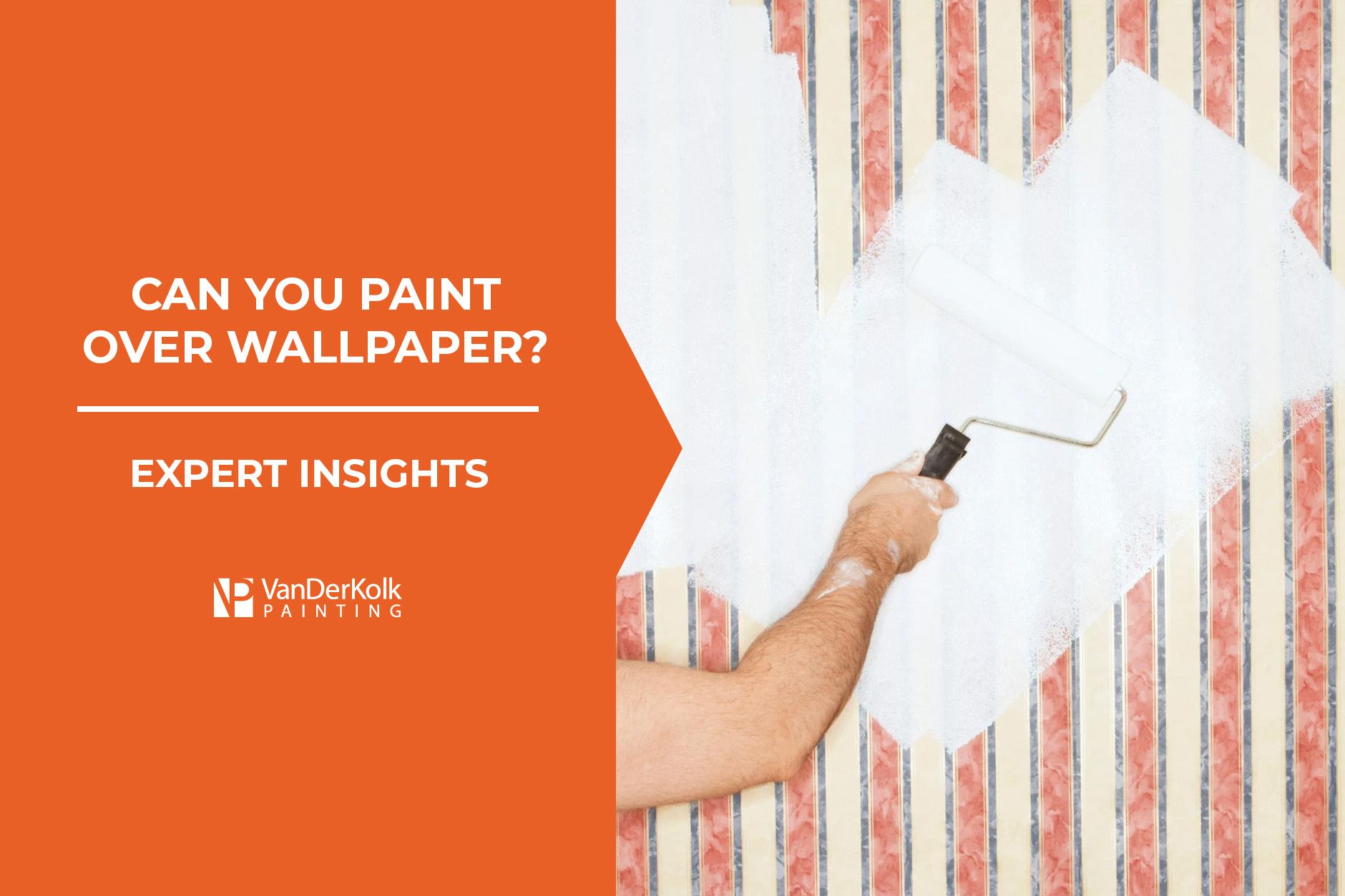
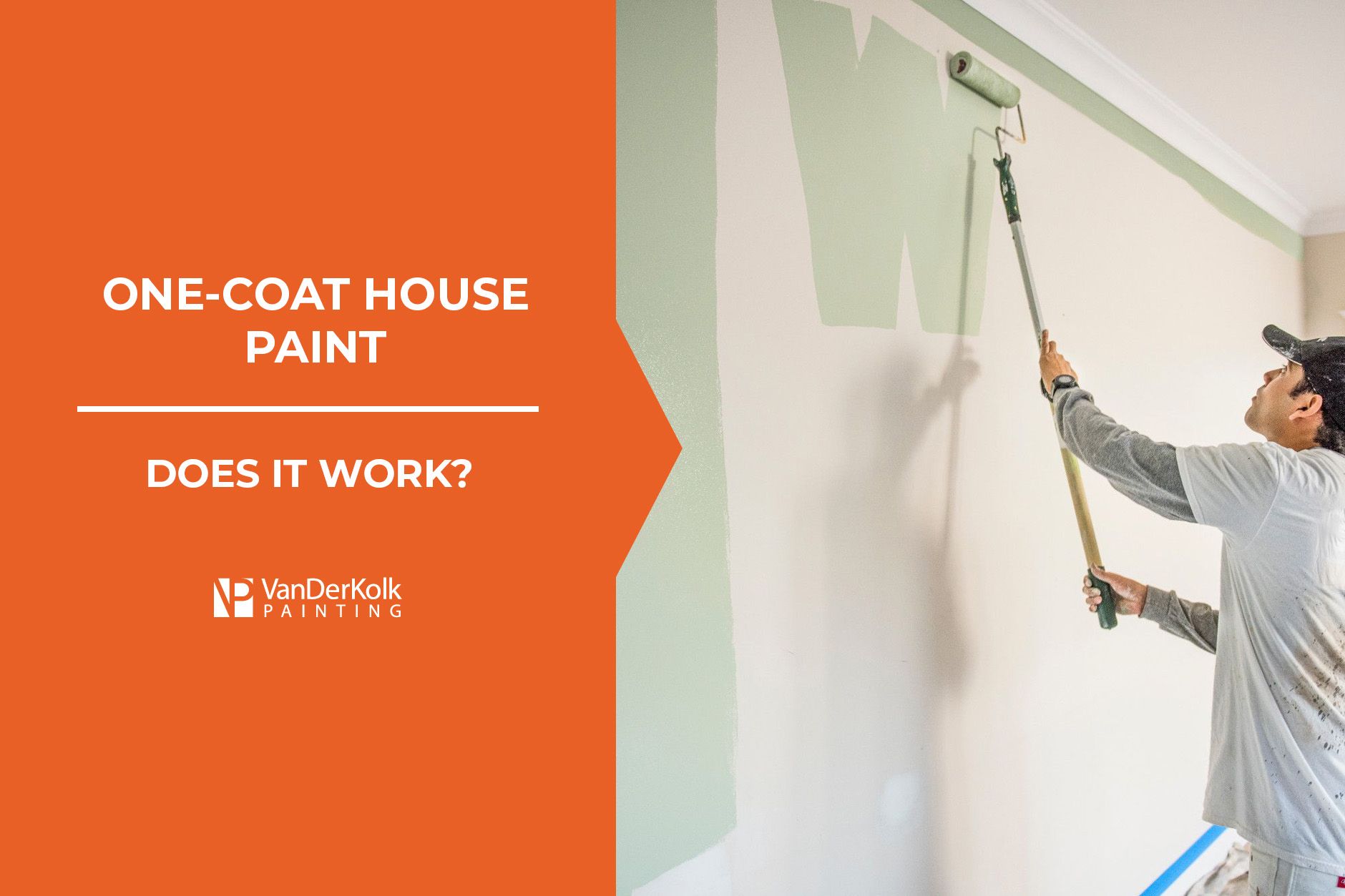
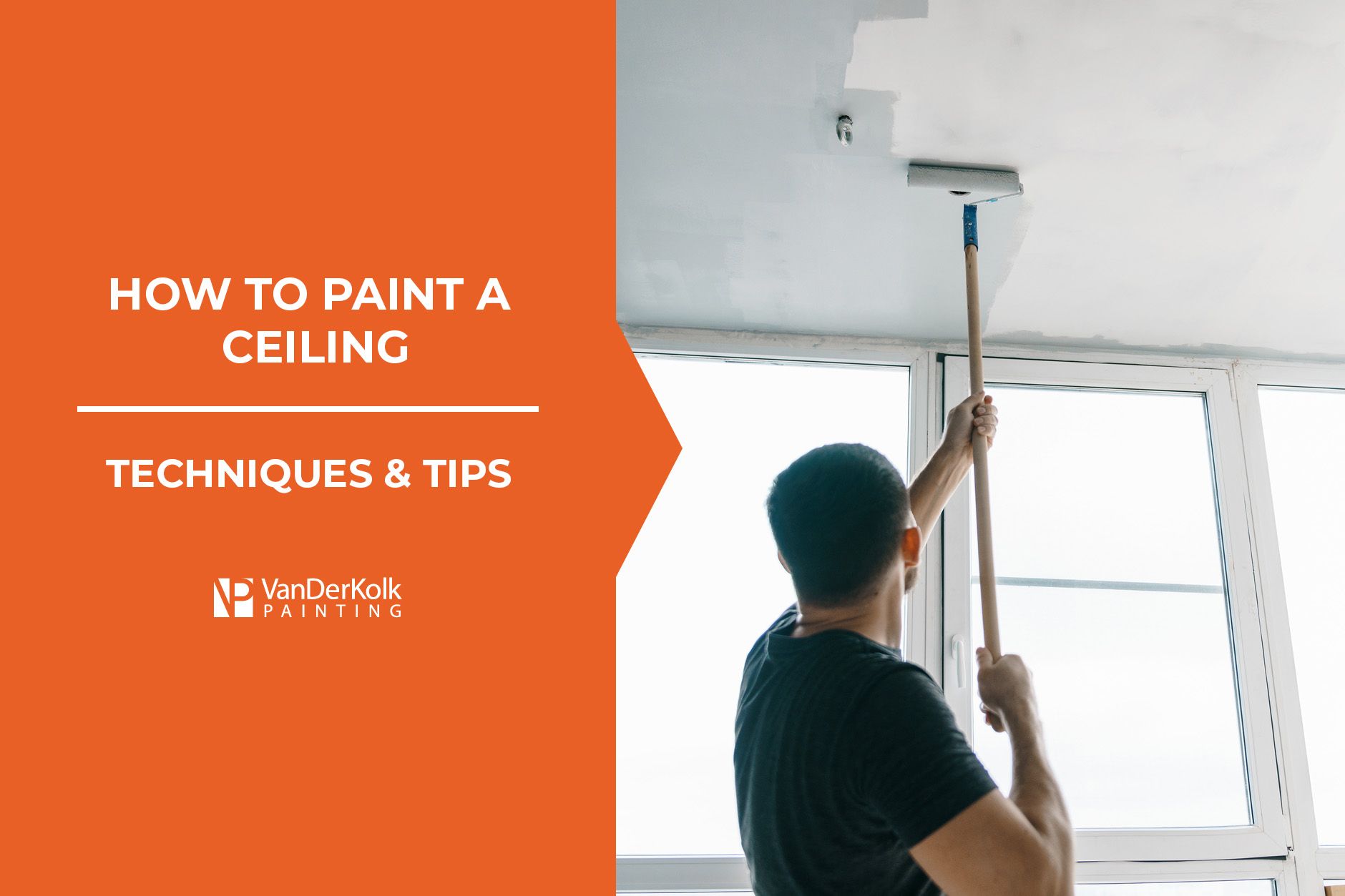
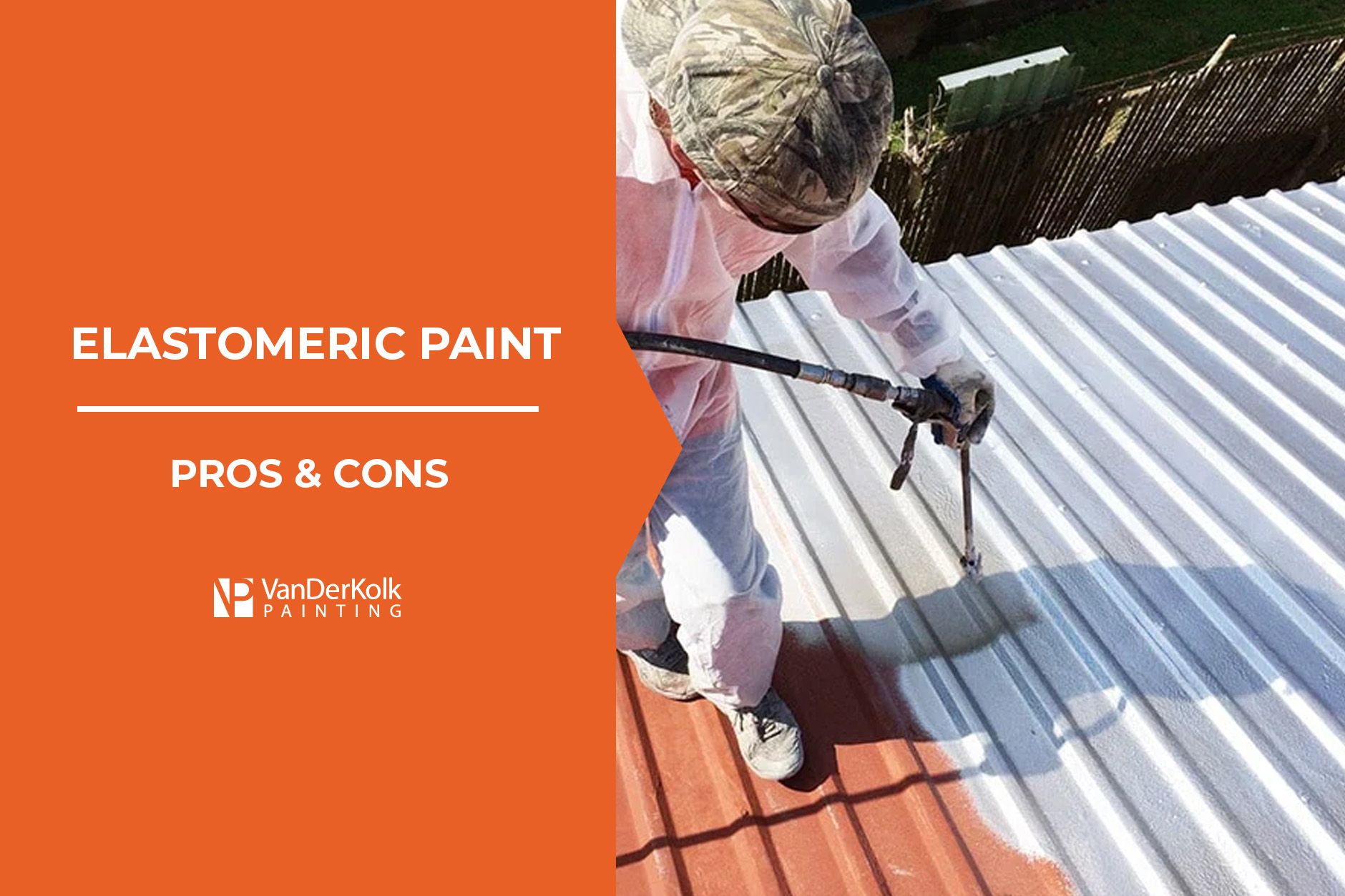
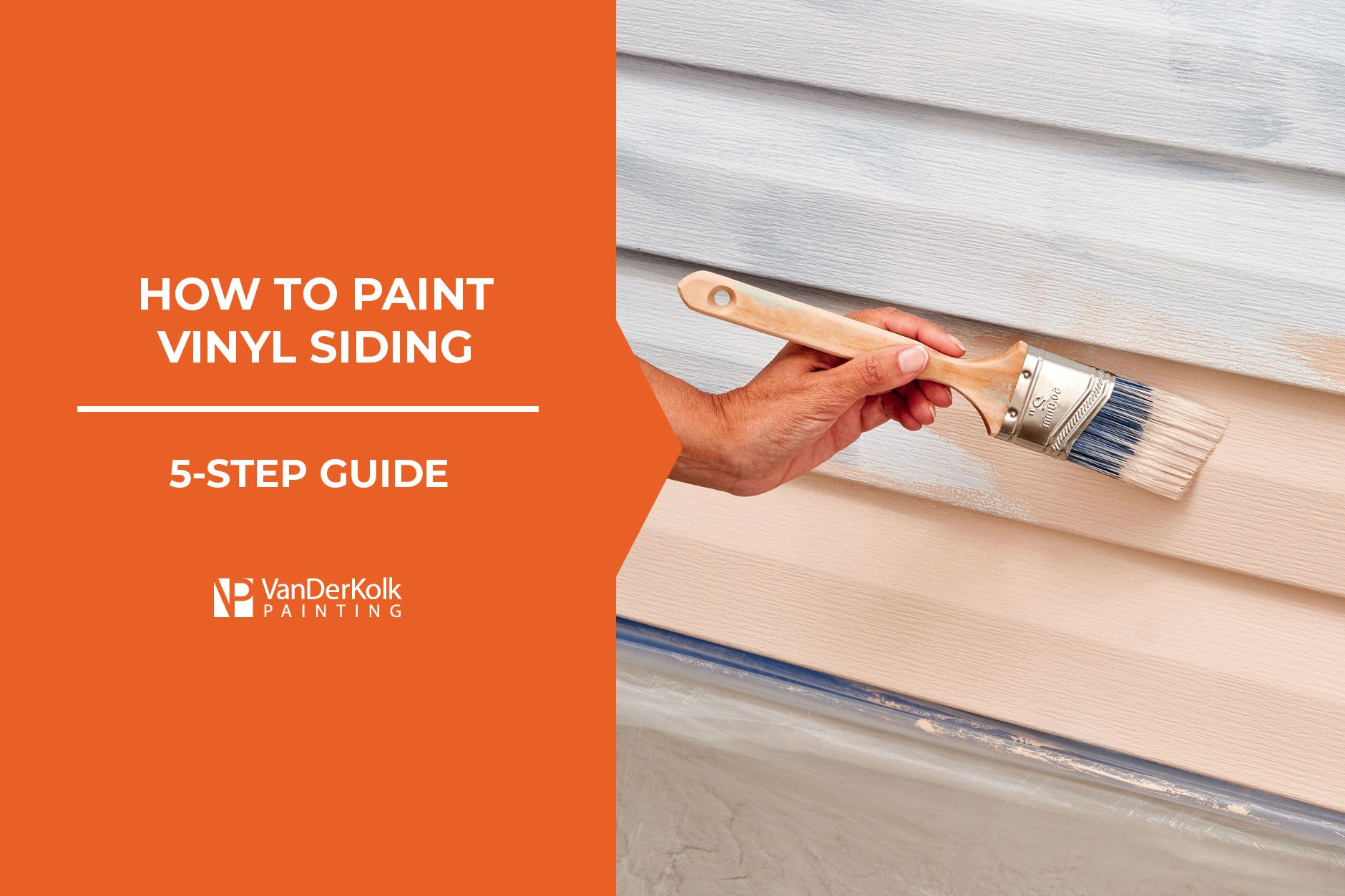
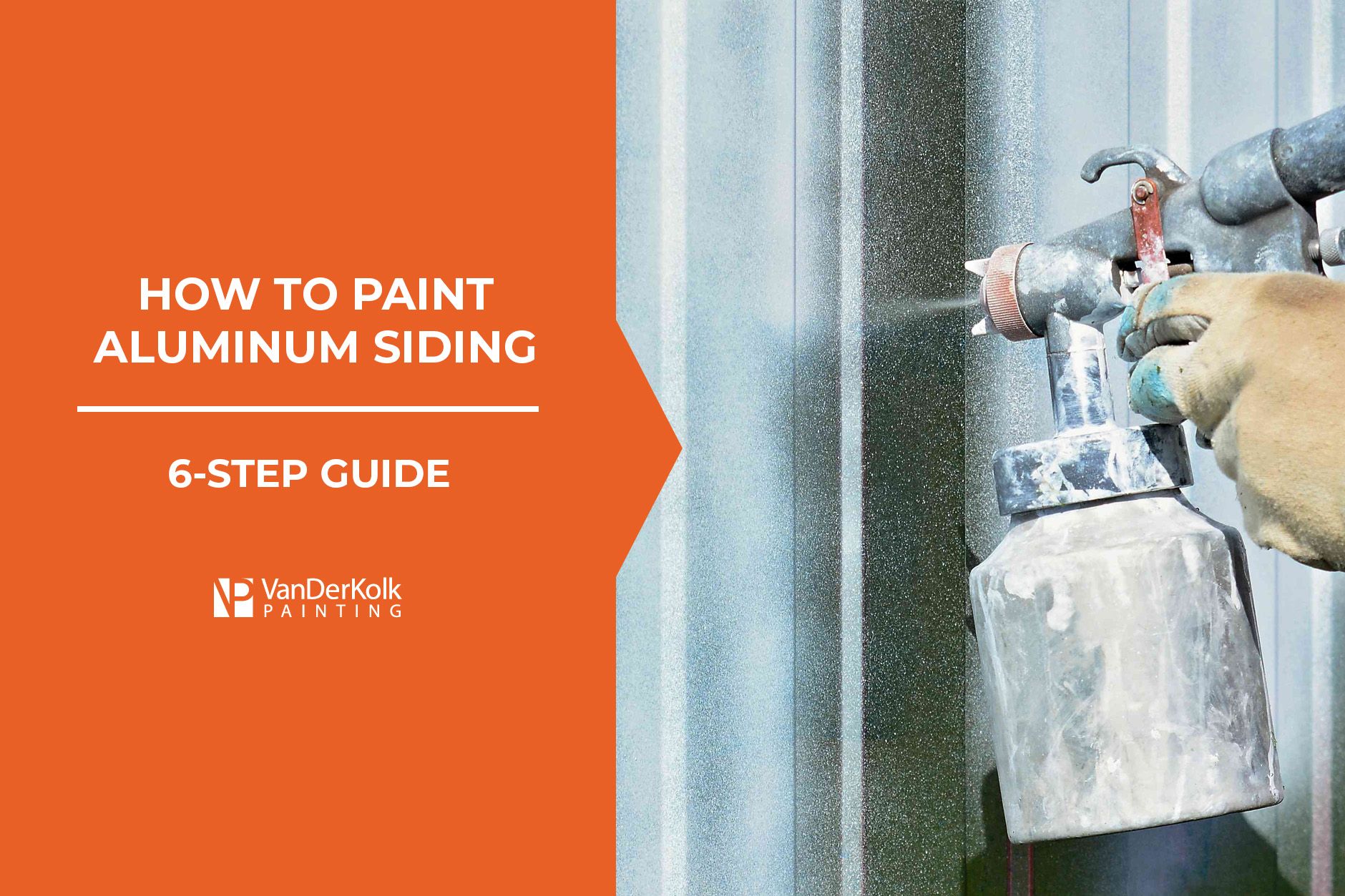
Grand Rapids Painting Company FAQs
How Do Painters Estimate Jobs?
There are several ways painters in Grand Rapids, MI, will estimate jobs. Estimates for jobs depend on a number of factors. At VanDerKolk Painting, our estimators start by assessing the size and condition of your space, including the number of rooms, wall surfaces, trim details, and any prep work needed (like patching, sanding, or priming). We also consider the type of paint you want and any specialty finishes. From there, we calculate material costs, labor hours, and project complexity to provide a clear, detailed, and fair estimate. Our goal is to give you an accurate picture of the project scope and cost before work begins.
How Long Do Painting Estimate Appointments Take?
Most painting estimate appointments typically take 30 to 60 minutes, depending on the size of the project and the level of detail involved. During the visit, we’ll walk the space with you, discuss your vision and color preferences, review any prep or repair needs, and answer all of your questions. Our goal is to ensure you get a comprehensive quote and a clear understanding of the process for painting in Grand Rapids.
Does VanDerKolk Painting Offer A Warranty or Guarantee?
Yes! VanDerKolk Painting stands behind the quality of our work. We offer a satisfaction guarantee and a warranty on our painting services, covering workmanship and paint performance for a specified period. Most of our work is covered under a 2-year warranty. We do offer 5 and 10-year warranties for specific jobs. If any issues arise related to our work, simply contact us, and we’ll make it right. (Details can vary by service type, so we’ll review specific warranty terms with you at the time of your estimate.)
How Much Does Professional Painting Cost In Grand Rapids?
Painting costs can vary based on project size, surface condition, paint choice, prep requirements, and a number of other factors. We always provide personalized quotes based on your property’s unique needs. Scheduling an estimate with VanDerKolk Painting is the best way to get an accurate price for your specific project.
Does VanDerKolk Painting Take Cards For Payment?
Yes, VanDerKolk Painting accepts major credit and debit cards for your convenience. We also offer other payment options like checks and bank transfers. We’ll review all payment methods with you upfront so you can choose what works best for your project.
Do I Need To Be Present While Your Team Is Painting?
No, you don’t need to be home while we’re painting. Many of our property owners choose to go about their normal day while our team works. As long as we have access to the areas being painted and clear communication beforehand, our professional painting crew can complete the project safely and efficiently. We’ll keep you updated on progress and timing throughout the job.
Is There Anything I Need To Do To Prepare For Painting?
We take care of most preparation, including protecting floors and furniture, repairing minor surface imperfections, and prepping walls for paint. We simply ask that small personal items, valuables, and fragile décor be cleared from the work areas ahead of time. If any additional prep is needed, we’ll walk you through it during your estimate so there are no surprises.
Do You Contract Out Painting?
No, unlike many painting companies in Grand Rapids, we do not contract out painting work. VanDerKolk Painting uses our own trained, professional painters for every job we undertake. We don’t subcontract out work, so you can trust that every team member is vetted, experienced, and held to our high standards of quality and customer service.
Can I Purchase Paint & Just Pay For Labor?
In most cases, we recommend that VanDerKolk Painting supplies the paint. This allows us to use products we trust and ensures proper coverage, durability, and warranty protection. However, if you have already purchased paint or prefer a specific product, we’re happy to discuss options during your estimate to see what works best for your project.
Should I DIY or Hire A Professional Painter?
DIY painting can be a good option for small, simple projects if you have the time, tools, and patience. However, hiring a professional painter saves time, reduces stress, and delivers more consistent, long-lasting results. Professional painters handle surface preparation, use high-quality materials, apply paint efficiently, and avoid common issues like streaking, uneven coverage, or peeling. For larger projects, detailed trim work, or exterior painting, working with professionals like VanDerKolk Painting is often the smarter investment.
How Do I Know If My House Needs New Paint?
Common signs your home needs new paint include peeling or cracking paint, fading colors, bubbling, mildew stains, or exposed wood. For exterior surfaces, chalky residue or bare spots can indicate failing protection. If you’re unsure, a professional inspection can help determine whether repainting is needed to protect your home and improve its appearance. Our painters can evaluate your home to determine if you need a new coat of paint when you schedule a free estimate.
Are More Expensive Paints Better?
Yes, higher-quality paints often provide better coverage, durability, and washability. Premium paints typically require fewer coats, resist fading and scuffing, and hold up better over time. Our team helps you choose the right paint for your space, balancing performance, longevity, and budget so you get the best value for your investment.
Does VanDerKolk Painting Offer Both Residential & Commercial Painting?
Yes. VanDerKolk Painting provides both residential and commercial painting services. Whether you’re updating a home interior, repainting an exterior, or refreshing an office, retail space, factory, or commercial facility, our experienced team delivers high-quality results with minimal disruption.
What Should I Expect Working With Professional Painters?
If you've only ever DIY'd paint projects, then working with professionals will be a welcome change. When you work with professional Grand Rapids painters for professional painting services, you can expect clear communication, detailed estimates, skilled craftsmanship, and a clean, respectful work environment. Our painters arrive on time, protect your property, complete the job efficiently, and leave your space looking refreshed and professionally finished. We focus on quality work and a smooth experience from start to finish.
Do Paint Colors Affect The Price?
In most cases, paint color does not significantly affect the overall cost. However, very light or very dark colors may require additional coats for proper coverage, which can increase labor and material costs. Our team will review color choices with you during your estimate and let you know if any adjustments could affect pricing.
Can You Offer Paint Color Scheme Recommendations?
Yes. Our team can help you choose colors that complement your home’s style, lighting, and existing finishes. We’re happy to provide guidance on current trends, timeless color palettes, and durable paint options that perform well in Michigan’s climate.
How Long Do Painting Projects Typically Take?
Project timelines vary based on the size of the space, surface condition, and scope of work. Most interior painting projects take one to three days, while exterior projects typically take several days, depending on the weather. We provide clear timelines during your free estimate appointment so you know exactly what to expect.
How Do I Choose The Best Painting Contractor For My Job?
One of the most common mistakes property owners make is assuming that any of the available painting companies in Grand Rapids would be well-suited for their project. The reality is that different companies have different strengths and areas of expertise. Personalities also play a role, and there may not be a good fit between you and the potential company you’re considering hiring.
When you request estimates from local painters, you’ll want to explore both a personality fit and a skills fit for your project. You should look for a licensed and insured contractor with proven experience, strong reviews, and clear communication. A reputable Grand Rapids painting company should offer detailed estimates, use high-quality materials, and stand behind their work. VanDerKolk Painting prides itself on craftsmanship, transparency, and customer satisfaction.
Is VanDerKolk Painting Fully Licensed & Insured?
VanDerKolk Painting is not only fully licensed and insured, but our painters also carry additional certifications. Our painters are certified in RRP lead paint removal, lead paint abatement, confined space entry, respirator fit testing, and aerial lift platform use.
Who Is Responsible For Cleaning After Painting Is Complete?
VanDerKolk Painting handles all cleanup once the job is complete. Our team removes materials, disposes of debris, and leaves your space clean and ready to use. We take pride in respecting your home or business from start to finish.
What Is VanDerKolk’s Painting Process?
Our process begins with a detailed estimate and color consultation. We then prepare surfaces, protect surrounding areas, complete the painting with high-quality materials, and finish with a final walkthrough to ensure your satisfaction before cleanup.
Does VanDerKolk Painting Offer Both Exterior & Interior Painting?
Yes. Vander Kolk Painting provides professional interior and exterior painting services for both residential and commercial properties. From refreshing interior walls to protecting and enhancing your home’s exterior, our team delivers high-quality results using durable, long-lasting materials.




